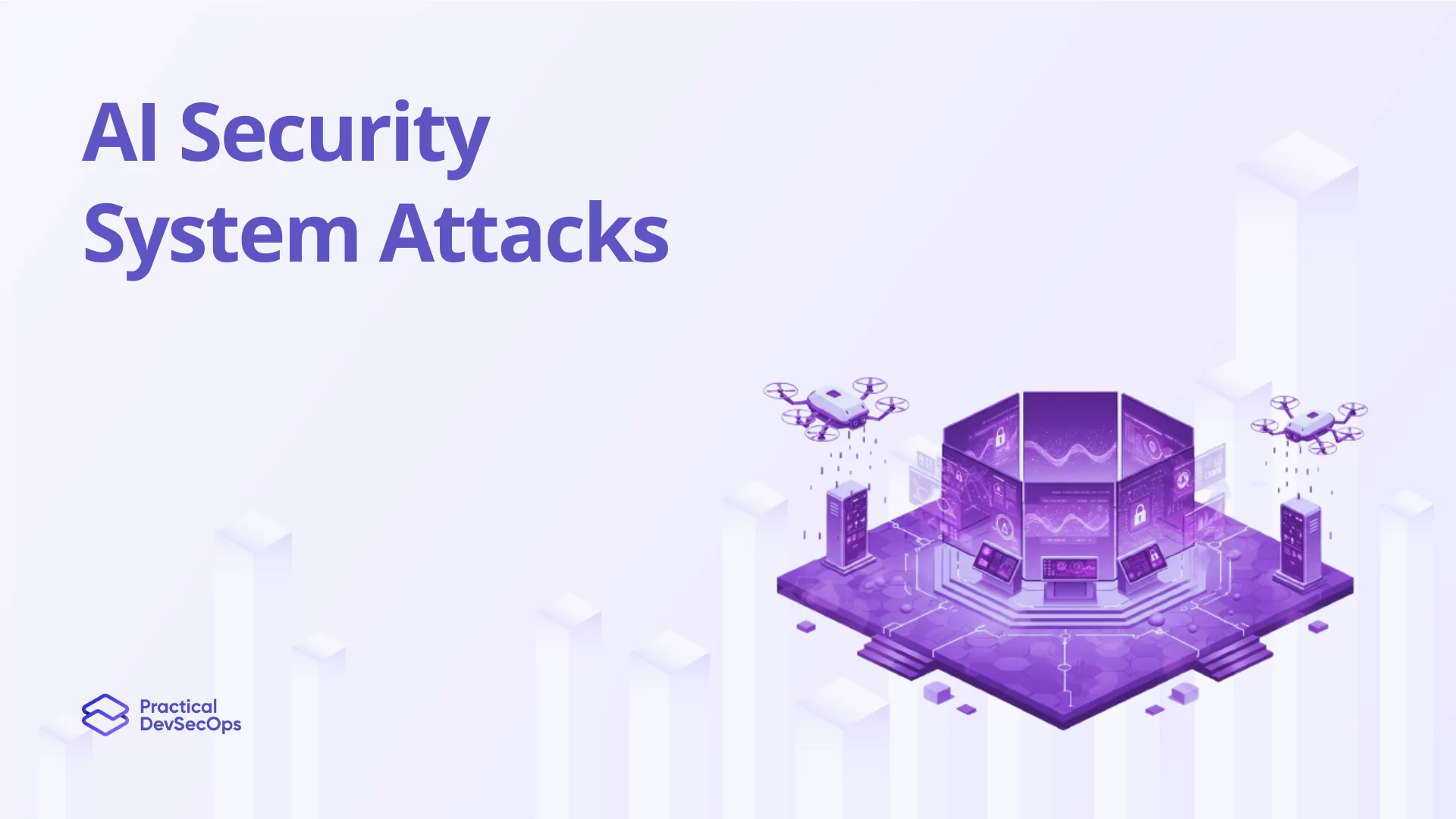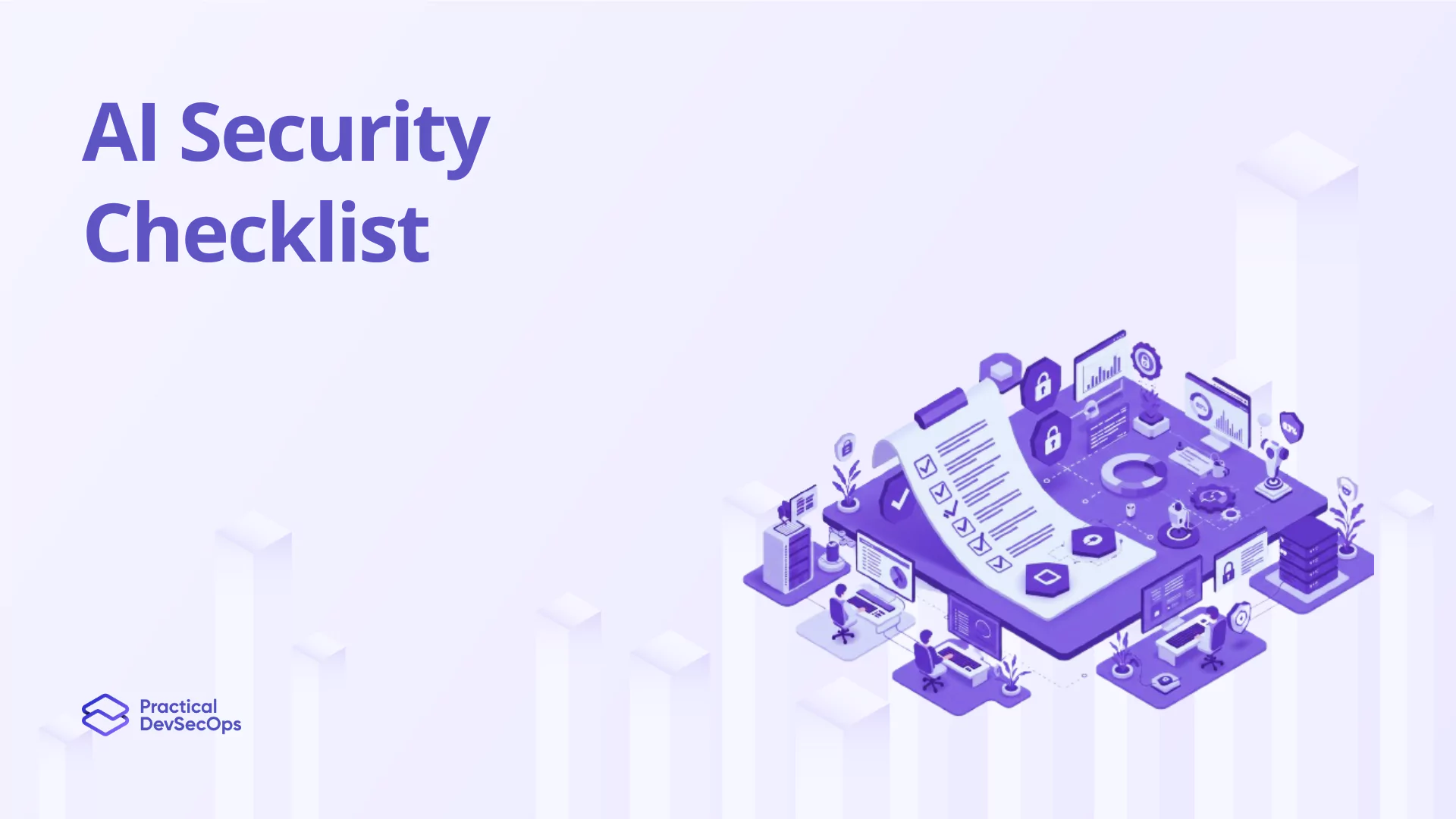Today’s MedTech landscape is revolutionized by digital integration, enhancing patient care significantly. Yet, this progress brings with it crucial product security risks, as the healthcare sector experiences a surge in targeted threats—from data breaches to attacks on medical device functionality—jeopardizing both patient safety and confidentiality.
Against this backdrop, the need for structured security training is critical. Practical DevSecOps leads this charge with its Certified Threat Modeling Professional (CTMP) course, crafted to equip professionals with skills to identify and mitigate security threats effectively.
The course emphasizes practical, real-world scenarios, preparing participants to address the specific security challenges in healthcare, especially in the creation and upkeep of secure medical devices.
Trainees develop a thorough ability to assess and reduce security vulnerabilities, fostering a safer environment for healthcare providers and their patients.
The software threat modeling tools market is expected to reach over $1.5 billion in revenue by 2032.
This growth is driven by increasingly complex software applications and the crucial demand for robust security measures against potential vulnerabilities.
Read about What is the Threat Modeling Process?
Product Security Challenges in Medtech
Complex Security Environment: Medical devices, such as pacemakers and diagnostic systems, are increasingly connected to the internet, hospital networks, and other medical equipment, exposing them to a wide range of security risks.
Diverse Threats: Vulnerabilities include unauthorized access, data theft, and manipulation of operations, each posing significant risks to device functionality and patient safety.
Impacts of security breaches
Patient Safety Risks: Compromised device functionality directly endangers patient health.
Reputational Damage: Breaches diminish trust among consumers, healthcare providers, and regulatory agencies, damaging manufacturers’ reputations.
Financial Losses: Breaches lead to legal liabilities, recall costs, and decreased sales.
Regulatory Hurdles: Stricter FDA regulations following security breaches may delay the introduction of new medical products.
Importance of Strong Security Measures: The high stakes highlight the need for stringent product security measures within the Medtech industry.
Advantages of Threat Modeling
Identify and Address Risks: Comprehensive threat modeling allows manufacturers to pinpoint and tackle risks effectively.
Boost Device Resilience: Proactive measures enhance device resilience against cyber attacks.
Protect Overall Integrity: Safeguarding patient well-being and manufacturers’ reputations in the digital healthcare landscape.
Read about Prioritizing Product Security with DevSecOps
What types of medical devices are at the highest risk of being hacked?
Medical devices that are most susceptible to cyber threats typically have these characteristics:
Connectivity: Devices connected to the internet, hospital networks, or other medical devices are at higher risk. Examples include patient monitors, infusion pumps, and diagnostic devices like MRI and CT scanners.
Remote Access Features: Devices that can be accessed or controlled remotely, such as pacemakers with wireless programming capabilities, present more opportunities for unauthorized access.
Legacy Systems: older devices that may need to be updated with the latest security patches or built with contemporary security measures in place.
Data Storage: Devices that store and transmit sensitive personal health information (PHI), such as insulin pumps and wearable health monitors, are attractive targets for cyber attacks aimed at data theft.
Life-Sustaining Equipment: Critical devices that support life functions, such as ventilators and dialysis machines, are high-risk as their compromise can have immediate and severe consequences.
Read about Threat Modeling Best Practices for 2025
The Essentials of Threat Modeling for Medical Devices
Critical Security Process
Threat modeling is crucial for enhancing the security of medical devices. This proactive, methodical approach involves identifying potential security vulnerabilities and planning effective countermeasures to mitigate risks, ensuring devices operate safely and reliably.
Regulatory Compliance
Threat modeling aligns with strict regulatory standards set by bodies like the FDA, which mandate comprehensive security assessments across the device lifecycle—from design through to maintenance. These guidelines are designed to protect patient health.
Benefits of Threat Modeling
- Regulatory Adherence: Helps manufacturers meet stringent guidelines and conduct thorough security assessments.
- Stakeholder Confidence: Demonstrates a commitment to product safety and effectiveness.
- Enhanced Device Integrity: By prioritizing security, manufacturers ensure their devices are compliant and robust against emerging threats.
Read about Threat Modeling Overlooked Security Skills in 2025
What new policy has the FDA announced for medical device manufacturers?
The FDA has recently finalized a new policy aimed at harmonizing U.S. regulatory requirements for medical device manufacturers with international standards. Specifically, this new policy involves the amendment of the Quality System Regulation (QSR) to the Quality Management System Regulation (QMSR), which now incorporates by reference the ISO 13485:2016 standards.
This change, effective February 2, 2026, emphasizes risk management throughout the life cycle of medical devices and removes some outdated terms from the QSR, replacing them with terms from ISO 13485 that are more aligned with current global practices.
The update is designed to reduce redundancy in requirements for global manufacturers and foster international regulatory harmonization.
It should be noted that although the QMSR and ISO 13485 are substantially similar, there are key differences that manufacturers need to be aware of, especially concerning the explicit integration of risk management and the definitions of various terms used within the regulation.
Read about 50 Threat Modeling Interview Questions & Answers for 2025
A Deep Dive into Threat Modeling Techniques
Certified Threat Modeling Professional course provides a comprehensive exploration of various threat modeling techniques, each tailored to enhance the security measures within the Medtech industry.
Key methodologies covered include Agile Threat Modeling, Goal-Centered Threat Modeling, and Library-Centered Threat Modeling. These approaches offer different perspectives and tools to identify and address potential threats effectively.
Agile threat modeling is particularly beneficial in the fast-paced environment of medical device development. It integrates seamlessly with agile development processes, ensuring that security considerations keep pace with rapid iterations and updates.
This methodology focuses on evolving threat models alongside the product, providing continuous security assessments that align with ongoing development.
Goal-centric threat modeling revolves around a medical device project’s critical assets and business goals.
This approach helps teams prioritize security efforts based on the impact on critical functionalities and compliance requirements, ensuring that the most valuable components are robustly protected.
Library-centric threat modeling, on the other hand, utilizes pre-compiled lists of known threats and vulnerabilities pertinent to medical devices.
This method provides a structured way to assess risks and implement standardized security measures across different device types, significantly enhancing scalability and efficiency in security processes.
Applying these methodologies throughout the lifecycle of medical device production not only ensures that the devices are protected from potential threats but also aids in maintaining compliance with health sector regulations, such as those enforced by the FDA.
By embracing these advanced threat modeling techniques, Medtech manufacturers can significantly elevate their product security and reliability, ensuring safer healthcare outcomes.
How does Practical DevSecOps Threat Modeling Training help Medtech Manufacturers?
Practical DevSecOps Threat Modeling Training equips Medtech manufacturers with essential skills to proactively identify and address security vulnerabilities in medical devices.
By engaging in this specialized threat modeling training, manufacturers learn to conduct thorough threat analyses, which is crucial for detecting potential security issues before they can impact device functionality or patient safety.
The training focuses on real-world applications and scenarios, making it directly applicable to the challenges faced in the medical technology industry.
Participants are taught to integrate threat modeling into the device development lifecycle, from design to deployment, ensuring continuous security assessment and compliance with stringent regulatory standards like those set by the FDA.
The Certified Threat Modeling Professional (CTMP) program is a pioneering, vendor-neutral certification designed for individuals or teams committed to mastering industry security best practices in threat modeling. This comprehensive course offers insights into:
- Understanding the fundamentals of threat modeling with a focus on business impacts.
- Learning the key elements of agile threat modeling.
- Developing and sustaining a threat modeling practice.
- Building and managing threat models effectively.
- Conducting threat modeling sessions for diverse and larger audiences.
Upon completing this training, participants will gain a robust foundation in threat modeling techniques and practices, equipping them with the skills needed to enhance security within their organizations.
Conclusion
In conclusion, threat modeling is essential for safeguarding medical devices against cyber threats. We recommend Medtech manufacturers enhance their security protocols by enrolling in the Threat Modeling certification course offered by Practical DevSecOps. Equip your team with the skills needed to excel in product security and compliance. Take action now!
Do you have questions about our Threat Modeling Training? Contact us today—we’re here to help!







0 Comments